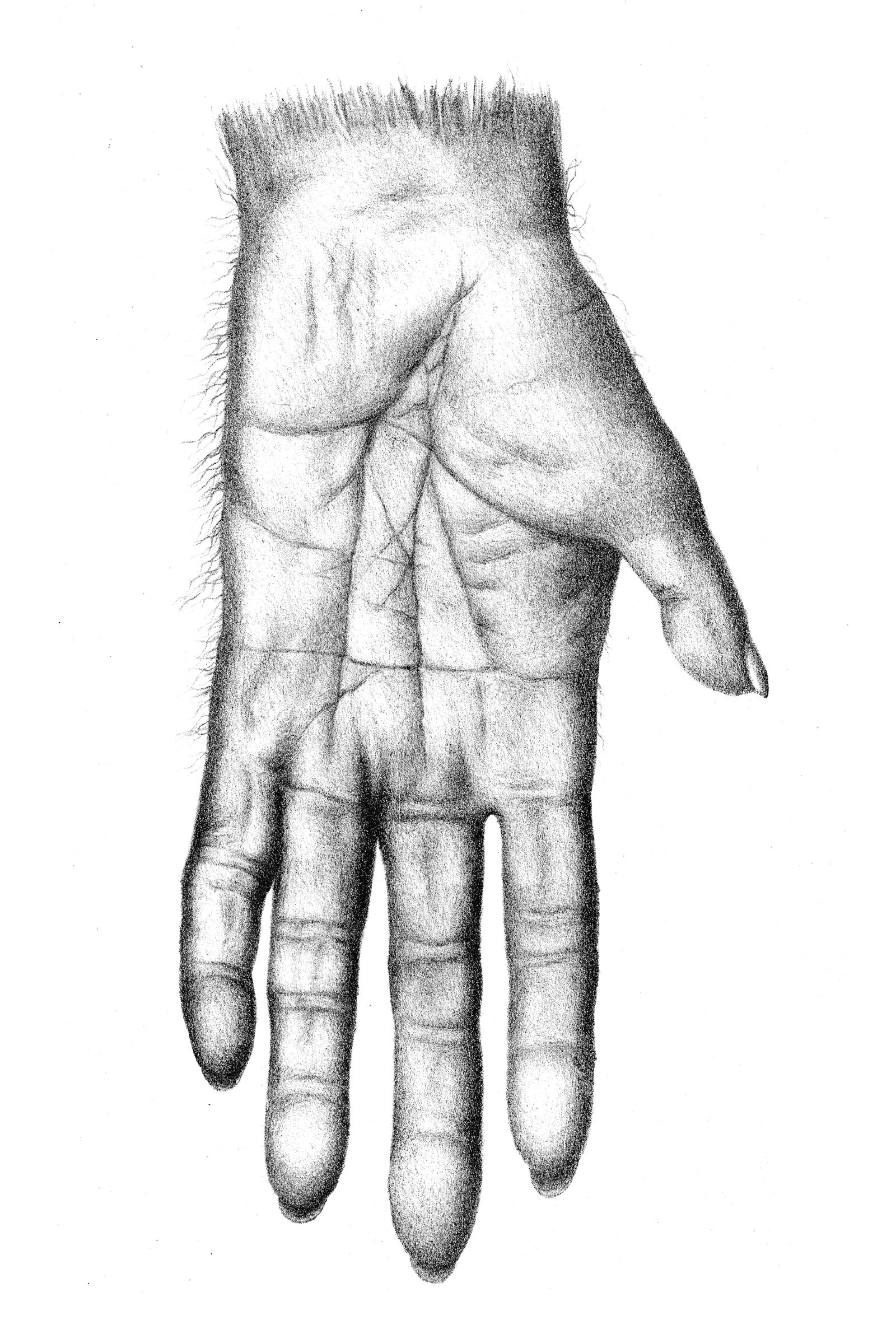

In 1977, the Temerlins decided to take 12-year-old Lucy to Gambia to be taught how to live in the wild Carter went along to help. But the adolescent chimp increasingly posed a threat to her human family, and was confined to a cage. After a frosty start – Carter remembers the chimp as “arrogant, and very condescending” about her poor comprehension of sign language – the two forged a close bond. Lucy, the Human Chimp, written and directed by Alex Parkinson, puts forward Carter to share what happened next.Ĭarter had been a 25-year-old psychology student within the University of Oklahoma’s chimp research project when, in 1976, she answered the Temerlins’ advertisement for a part-time carer for Lucy. Much has been made of Lucy’s story, including an episode of the acclaimed Radiolab podcast. Read more: Man raised alongside chimps says it should never happen againĮventually, the Temerlins came to regard the chimp as their daughter.

Primatologist Roger Fouts, whose success teaching a chimp named Washoe a form of American Sign Language was heavily publicised in 1970, likewise taught Lucy a vocabulary of around 100 signs (though the extent of apes’ comprehension of signing remains disputed).

The Temerlins brought Lucy up in their home more or less as though she was a human child, to the point of teaching her to dress herself, eat with silverware and even fix a gin and tonic. Through the late 1960s, Lucy was the subject of a high-profile study by psychologists Maurice and Jane Temerlin, ostensibly to explore the limits of nature versus nurture.
#Chimpanzee hand from above tv
Lucy, the Human Chimp, a new TV documentary from KEO Films and Channel 4, explores the meeting of those worlds through the story of one unique relationship: that between Lucy, a chimpanzee raised as a human, and Janis Carter, a graduate student hired to clean her cage. Through the 20th century, the study of chimpanzees in particular was a way to learn about ourselves: how we might fare in space, for example, and how we might communicate in the absence of a common tongue. So much is now known about our similarities to other primates, it is easy to forget that, until relatively recently, we were still establishing exactly where we humans ended and apes began.


 0 kommentar(er)
0 kommentar(er)
